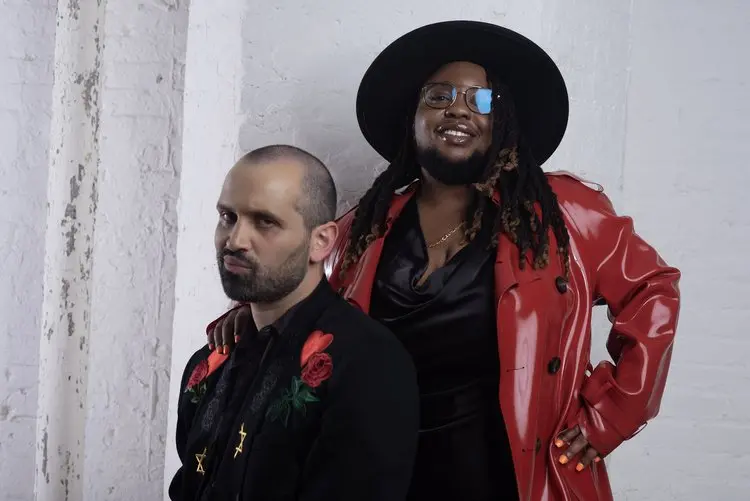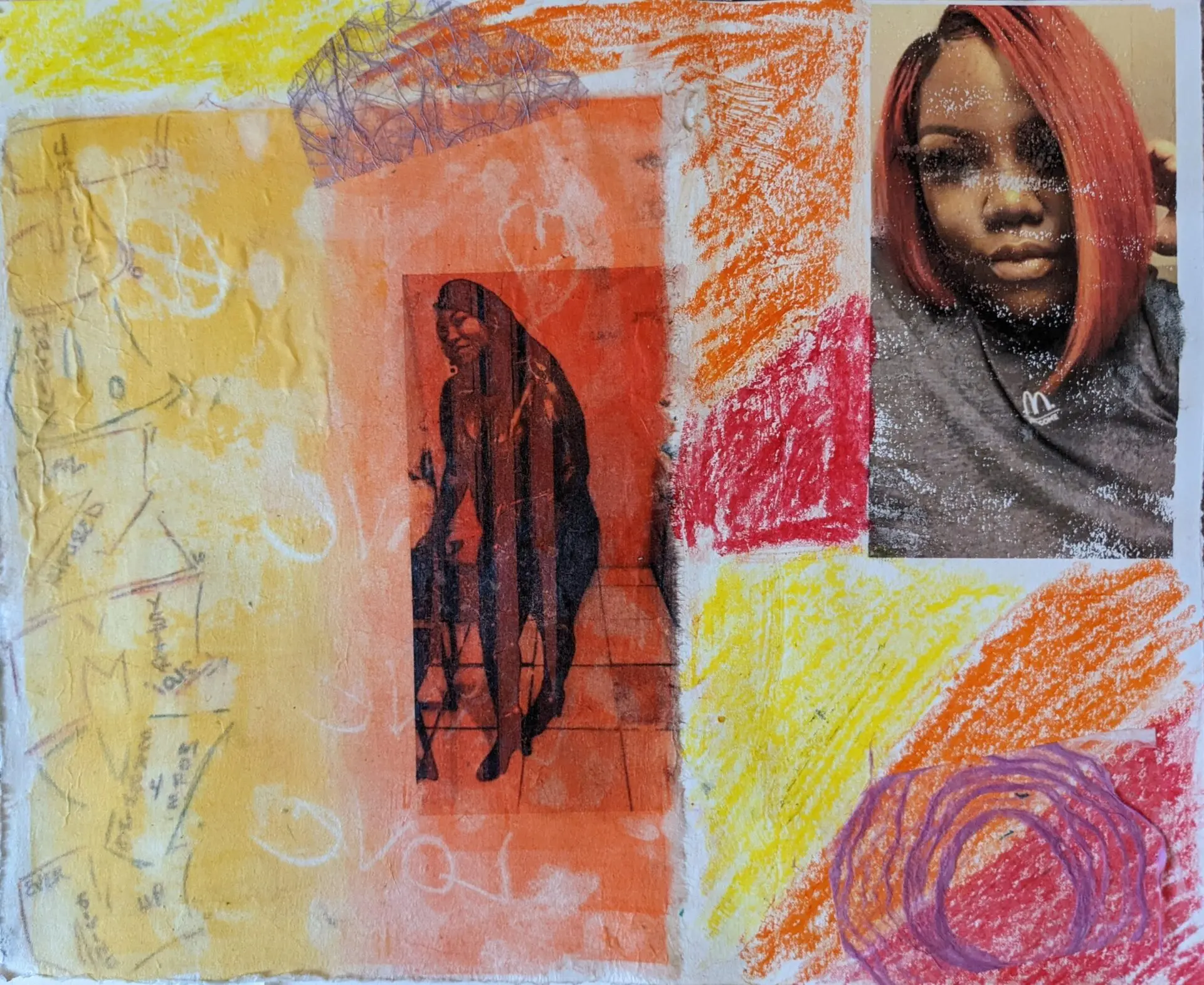You’d hardly notice the barbed wire driving by. The building is inconspicuous, tucked in between the highway and a bank, surrounded by fast food and gas stations on a local route. It’s set back from the road, and the guard house is just a corrugated roof on skinny metal legs.
I went to this minimum security prison once a week for several years in order to tutor people who scored too low on a reading test required to take the classes offered by the local community college. My first student was eager. He did all the exercises in the workbook provided by the literacy nonprofit and quickly scored high enough to begin the classes. Because he wanted to keep improving his literacy skills, we started reading books for fun and discussing them. One week, I brought in Mildred Taylor’s Roll of Thunder Hear My Cry (1977). The narrative deeply resonated with him, and in the coming months, he devoured all Taylor’s books as fast as I could get them. This North Carolina prison had a library, but like a typical prison library, it was mostly populated by westerns, romance novels, and issues of National Geographic from the 80s and 90s. Only a few books on the shelves would have resonated with my friend as Taylor’s did. The question I have is: Why?
In the Introduction to The 1619 Project: A New Origin Story, Nikole Hannah Jones talks about her motivations for initiating the project, originally a feature in The New York Times Magazine. Amongst the myriad reasons she cites is a seemingly innocuous one: her father’s collection of Louis L’Amour westerns. Jones says she was drawn to these books, which she read along with Little House on the Prairie, because of their feel-good mythos of American culture–a land of adventure, excitement and goodness conquering. That these books were in her father’s library and he flew an American flag over their house is no coincidence perhaps. It’s difficult to celebrate something that is complex, fraught, violent and still unresolved–like actual American history. As she aged, Jones became embarrassed by her father’s flag flying. Coming to realize the issues in America’s past that continue to shape our present in undesirable ways made her feel flying the flag or reading Louis L’Amour was problematic. Instead, she became drawn to books like Taylor’s Roll of Thunder Hear My Cry, a book she picked from her school library because it depicted a Black child on the cover.
Roll of Thunder Hear My Cry is part of a series about an African American family in Mississippi struggling to maintain their land and family unity amidst racist cultural practices and individual acts of aggression from their neighbors. Taylor’s books deal with intense issues but they’re eminently readable. There are rounded characters, complex family dynamics, vibrant community and evocations of place that has made this series resonate with many, many people. The difference between Louis L’Amour and Mildred Taylor is a difference in narrative. L’Amour writes fantasy: erasing acts of violence under a heroic mantle of individual white men’s bravery. Taylor’s books center children, women, and families. They are human stories about our most intimate relationships taking place within social structures that sometimes threaten our basic abilities to care for ourselves and each other.
It matters what narratives get told about our past. Like most people, Jones was not taught about the critical role enslavement played in the generation of wealth and the construction of infrastructure of our society. Like other history classrooms, Jones didn’t have classes that noted the role African Americans have played in creating vibrant culture, pathbreaking knowledge and a more just social world. This is the reality of our cultural narratives. Most American history classes are much closer to the fantasy of L’Amour than the reality of Taylor. But, while Jones argues, this can be changed by circulating different narratives, the sad truth is that many people do not want narratives like Mildred Taylor’s to be read. In fact, the obfuscation of history is deliberate. A stark example of how narratives like L’Amour’s are prevalent in prison libraries and Mildred Taylor’s are absent.
Anyone who has gone into a prison library knows, they’re full of westerns. There will be twice or three times the number of westerns as any other kind of book–except for romance novels, which are also plentiful. There are hardly any dictionaries and virtually no books by Black authors, aside from a small African American section of about 10-20 titles. Mildred Taylor’s book would be perfect for prison libraries since they are written in easier-to-read prose and most incarcerated people have lower levels of literacy. (Over half did not complete high school.)
Taylor’s books engage with the real history of the United States–legacies of enslavement, the brutality of Jim Crow, the quotidian violence of being Black in America–but in ways that center the strength of Black families and communities and the love that keeps people going through it all. This would resonate with the majority of people who are incarcerated. Due to the legacies of colonialism and enslavement Black and Native people are incarcerated at the highest rates. A Native man is eight times more likely to be incarcerated than a white man. Black men are the single largest incarcerated population. A book that’s accessible and interesting—as any teacher will tell you—will get read more than books that are too challenging or with content that doesn’t appeal to readers. Surely, people quietly reading in their bunks or cells would be preferable to most alternatives for prison staff. So, why are prison libraries stocked with books that people don’t relate to or can’t read?
Perhaps because no society on earth has ever incarcerated more people than the contemporary U.S. and yet, we’re conditioned to believe this is the “most free” society in the world? This paradox is likely the reason why correctional agencies frequently ban books that criticize prisons or point out the flawed logic behind incarceration or how mass incarceration grew out of older more explicitly racist institutions such as Jim Crow. It’s harder to believe we’re all free when you realize that some peoples’ freedom is predicated on others’ unfreedom. That could lead someone to realize that when freedom is contingent, no one is really free.
It matters whether we celebrate and read Louis L’Amour or Mildred Taylor. It matters because the narratives we tell about America’s past inform how we understand our present. It especially matters for people in prison. Without options, many people inside are forced to read westerns. A person in prison in Arkansas told me when he was first incarcerated he was bored beyond belief. He started reading westerns from the library in an attempt to pass his time without losing his mind. After reading hundreds of them he had an idea: he would write a western with a newly self-emancipated, formerly enslaved, Black cowboy. This narrative would use all the cultural trappings of westerns to enact more justice, not less. His manuscript opens: “Solomon did not believe what his aunt had told him from an early age: That he would be free one day.”
This innovative novel is an intriguing idea, but one born out of a regrettable confluence of circumstances that deny some people a voice, deny some realities, and force us all into a state of alienation from our lived experiences. The 1619 Project has manifested cultural turmoil exactly because these inequities are reenacted constantly. One concrete way to stop reinscribing a violent and undesirable past is to learn about what really happened and talk to others about it. This is just as important for people living in prisons as it is for those of us on the outside. Prison libraries should be stocked with the 1619 Project, Mildred Taylor, Octavia Butler, Toni Morrison, and all the other authors whose works are currently outright banned or banned through unofficial curating that seeks to erase the past in order to obscure the present.
Moira Marquis is the senior manager of The Freewrite Project for PEN America’s Prison and Justice Writing Program. She has worked with Asheville Prison Books and co-founded Saxapahaw Prison Books. She is co-editor of the forthcoming volume, Books Through Bars: Stories from the Prison Books Movement (University of Georgia Press, 2024).








